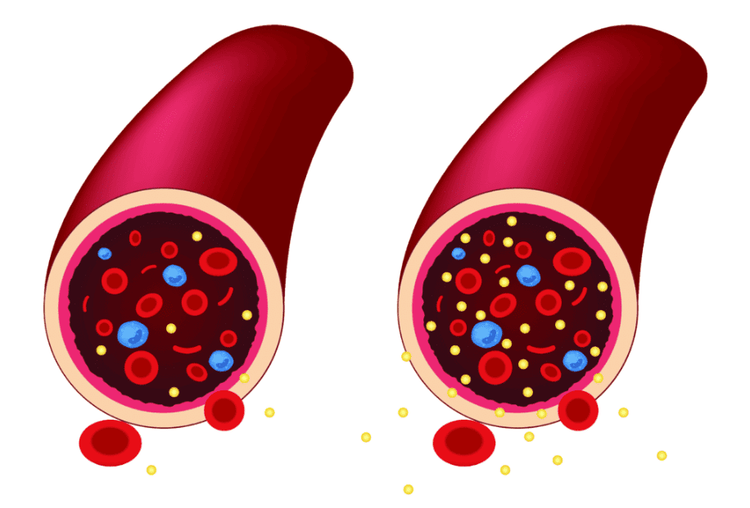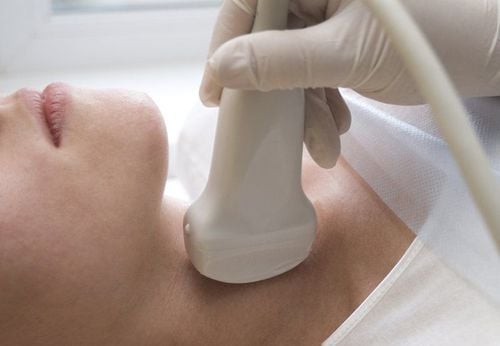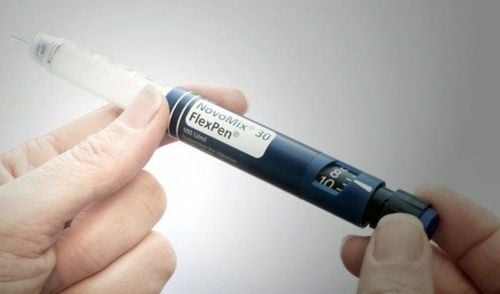This is an automatically translated article.
Diabetic retinopathy is a dangerous complication caused by diabetes. It can seriously affect vision if not treated promptly. Therefore, a thorough understanding of diabetic retinopathy that causes blurred vision will help you to take effective early measures to prevent this condition, thereby limiting the risks to your vision as well as your overall health. body.1. What is diabetic retinopathy?
Diabetic retinopathy is a dangerous complication of diabetes when not well controlled. This condition arises when blood sugar levels rise and damage the small blood vessels that supply oxygen and nutrients to the retina, the part of the eye that detects light.
Diabetic retinopathy can affect both eyes, it also leads to the development of other eye conditions such as glaucoma, which increases pressure in the eye and seriously threatens your vision. If left untreated, diabetic retinopathy can lead to progressive and irreversible vision loss. It is also considered the leading cause of blindness in people between the ages of 20 and 60. However, if diagnosed early, diabetic retinopathy can help prevent the risk of blindness. Although many people with diabetes have vision loss, less than 5% of cases experience severe vision loss.
For some people with diabetes, their risk of developing diabetic retinopathy is directly related to how long they have diabetes. Both type 1 and type 2 diabetes can lead to damage to the retina. Although diabetic retinopathy usually doesn't appear for about 5 years after being diagnosed with type 1 diabetes, it can already develop when type 2 diabetes is diagnosed. After about 15 years of diabetes, about 98% of people with type 1 diabetes and 78% of people with type 2 diabetes have some degree of retinal damage.
SEE ALSO: Diabetic eye damage imaging

Mất thị lực là một biến chứng của tình trạng võng mạc tiểu đường
2. Typical symptoms of diabetic retinopathy
Diabetic retinopathy often has a silent course over time. Severe and permanent retinal damage can happen before you notice any of the following signs or symptoms:
Blurred vision, which doesn't even improve with glasses Vision tends to get worse go, even when corrected Sudden loss of vision, especially after actions such as sneezing or coughing Seeing floating spots or holes in your vision Eye pain MORE: What to know about the disease diabetic retina
3. The main causes of diabetic retinopathy
If your blood sugar stays high for a long time, it can affect the small blood vessels in the retina of your eye. At that time, new blood vessels in the eye will be formed and developed. However, they are usually very weak and can leak blood and fluids into the retina, leading to macular edema – a condition that causes your vision to become blurry.
When more blood vessels in the eye become blocked, scar tissue forms and puts extra pressure on the retina. To some extent, this pressure can tear or detach the retina of the eye. What's more, it can also lead to other eye problems, such as glaucoma or cataracts, increasing the risk of serious blindness.

Lượng đường trong máu cao là nguyên nhân dẫn đến võng mạc tiểu đường
4. How does diabetic retinopathy affect the eyes?
Non-proliferative diabetic retinopathy (NPDR) can cause blood vessels to bulge and leak into the inner membrane of the eye, also known as the retina. In addition, the optic nerve is also swollen. At first, you may not feel any specific symptoms, but if you are diabetic or your blood sugar is high, you should try to control them early before the onset of symptoms. develop dangerous complications to vision.
As diabetic retinopathy progresses, the blood vessels at the back of your eye begin to close and new blood vessels grow but are extremely fragile and weak. They can leak into the vitreous at any time. You will then see dark spots or streaks floating across your field of vision. If not treated immediately, severe diabetic retinopathy can cause scar tissue to form, creating a prerequisite for detaching the retina from the fundus, causing extremely dangerous retinal detachment. .
In certain cases, diabetic retinopathy can also cause macular edema, also known as the macula, which helps you drive, recognize faces, and read. When the macula is swollen, your vision can be blurred and some or even all vision may be lost. Statistics show that about half of people with diabetic retinopathy will also have diabetic macular edema (DME).
Please dial HOTLINE for more information or register for an appointment HERE. Download MyVinmec app to make appointments faster and to manage your bookings easily.
Reference source: webmd.com













